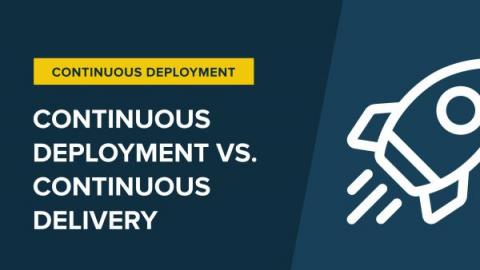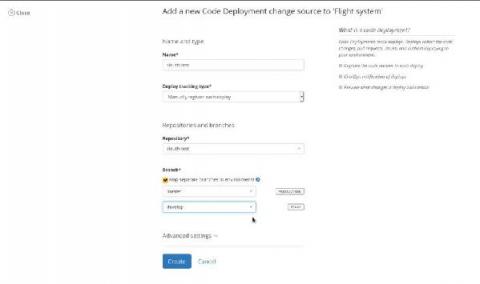Set Up Your Deployment Pipeline Like a Rockstar!
Nowadays, software development teams utilize continuous delivery or some variation, to create better, faster, more accurate software releases. Continuous delivery is a DevOps practice that empowers software teams to continuously ship code directly to an environment once automated tests pass. Continuous delivery is facilitated through the deployment pipeline. You can read more about it in a previous post.









